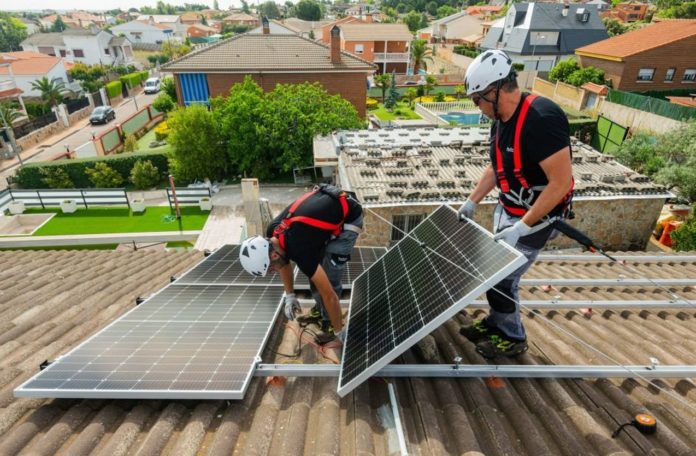Scientists have developed a novel hybrid system that can provide 100% heat for a single-story home during the coldest months of the year and can be sold back to the grid during the summer.
When an organic matter power source is added to a solar energy unit, it may supply 100% warmth for a single-story home during the coldest months of the year while also helping the environment.
During the summer, the system may generate excess electricity that can be sold back to the grid.
In the Journal of Renewable and Sustainable Energy, published by AIP Publishing, scientists from China and the United States describe a computer simulation model that solves the problem of solar power’s inherent intermittent nature by adding biomass as another renewable energy source to create a reliable, affordable heating solution that reduces carbon dioxide emissions.
This new project demonstrates “how this hybrid system provides a cleaner, more energy-efficient heating solution than fossil fuel in single-family homes,” says co-author Gaoyang Hou. “The system would be convenient in rural communities, where farms have large amounts of biomass in the form of agricultural waste that can be combined with solar power to close the urban-rural electricity gap and help the environment in the process.”
The solar-biomass hybrid system presented is based on distributed multi-generation technology that merges PV/T and biomass power sources.
Renewable organic matter such as corn husks, nutshells, wood pulp, and food and animal waste is used to make biomass. A PV/T system, which consists of solar panels and thermal collectors, is a new technology that transforms solar energy into both heat and electricity with greater efficiency.
Decentralized hybrid systems are being studied in communities and greenhouses. The researchers analyzed their system based on the heating requirements of a one-story home from November to March in northwest China, when winter temperatures can fall below -20 degrees Celsius (minus 4 degrees Fahrenheit).
The PV/T collector generated 52 percent of the electrical energy and caught 8% of the available thermal energy out of the total energy input. The remaining 40% of the electricity required to heat the house was generated by biomass.
“For the entire heating season, solar power predominates the energy supply side, with the biomass energy generation kicking in when needed to make up the energy deficit,” adds co-author Lei Xu.
They made their simulation model using TRNSYS, which is short for “transient system simulation tool.” TRNSYS is modular thermal system software that is used to test the performance of thermal and electrical renewable energy systems.
Their simulation of a hybrid system included a PV/T collector, a heat pump, a storage tank with an immersed coiled-tube heat exchanger, flow diverters, and an electric boiler as a backup.
The researchers are making a model of a solar-biomass system that can heat and cool a small commercial building. If the model works, they will make a prototype for testing.
Image Credit: Getty
You were reading: This New Approach Solves Solar Power’s Intermittency Problem – Scientists
